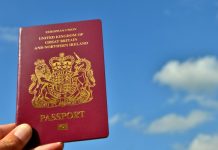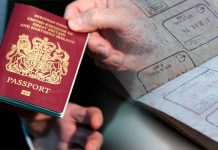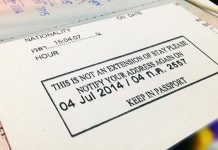AEC: recounting the timeline, final part
In the last issue we looked at the Asean Economic Community (AEC) timeline between 1992 and 2003. In this second and final part we look at the period since then.
In 2007 the Asean leaders met in the Philippines and made the Cebu Declaration, which brought the formal introduction of the AEC back to the start of 2015. A further meeting took place in Singapore and the Asean leaders approved the AEC Blueprint.
This plan to bring the creation of the AEC forward by five years was seen as an ambitious move at the time, and subsequently the naysayers have been proved correct, although the change, at this stage, is a delay of just 364 days (ie, instead of a 1 January start, the new date is 31 December).
The Asean Charter, establishing Asean as a legal international entity, was promulgated in 2008 and the first AEC Scorecard was issued in that year.
A roadmap for the Asean Community was adopted in 2009 to help guide implementation while the following year Asean endorsed a five-year Strategic Action Plan for Small to Medium Enterprises (SME) development. The same year, the Asean Trade in Goods Agreement succeeded the 1993 free trade agreement.
2011 was a busy year with the establishment of the Asean Committee on Consumer Protection, the creation of the Asean Infrastructure Fund (AIF) with an initla capital of US$485 million, endorsement of the Asean Intellectual Property Rights Action Plan, adoption of the Asean Information and Communication Technology Master Plan and the creation of the Asean Framework for Equitable Economic Development.
The Asean Comprehensive Investment Agreement came into force in 2012 while an Agreement for Movement of Natural Persons was signed.
Despite all these measures it was soon clear the AEC could not be officially launched at the start of 2015 and so the 364-day delay was announced, with politicians making sure to state that the economic community would still reach its 2015 start year, only that the precise date had been moved back.
Naturally, there were rumblings that the entire plan would still be well short of its intended mark come 31 December this year, but regional leaders still seemed pretty determined to make sure it all went ahead when they signed the Napiyidaw Declaration in 2014 whereby they all agreed to ‘intensify their efforts to realise the AEC by 2015.’
No matter what date the AEC begins, and we’ll assume it will still be 31 December this year for the time being, it will not be until 2018 that all non-tariff barriers within Asean must be eliminated. It’s almost certain some of the poorer member states will strive to keep these barriers in place until the last possible moment.
Finally, most pundits readily agree the AEC will not really be seen to its fullest advantage for the member states until around 2030, a decade and a half after its introduction.









